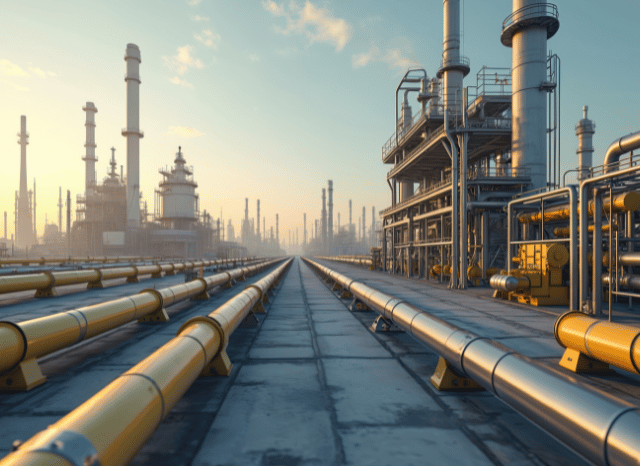From Desert to Port: How Oman's Environmentally friendly Hydrogen Could Power Germany’s Future

Oman, Germany, and the Netherlands have signed a groundbreaking settlement which could reshape Europe’s Electricity landscape, ushering in a fresh era of environmentally friendly hydrogen imports from the center East.
A Daring shift in the worldwide Power transition is taking shape involving Oman and Europe. A historic settlement signed before this calendar year paves the way for one of several earth’s first big-scale hydrogen corridors—linking Oman’s large renewable assets to Germany’s industrial hubs through the Netherlands.
The core of the initiative is environmentally friendly hydrogen—made by splitting drinking water by means of electrolysis powered by photo voltaic or wind Electricity. This way of hydrogen has attracted international interest for its potential to decarbonise sectors that are normally tough to electrify, which includes hefty transportation, steel generation, and Strength storage.
Oman, leveraging its sunny climate and bold national tactic, aims to become a top rated worldwide exporter of environmentally friendly hydrogen by 2030. Forecasts propose the state could make as much as 1 million tonnes of inexperienced hydrogen yearly by the top from the 10 years. A vital component of this plan includes liquefying the hydrogen to aid abroad transportation.
Enter the hydrogen corridor: a prepared maritime and logistics route ranging from the port of Duqm in Oman, extending into the ports of Amsterdam and Duisburg. Specialised cryogenic tankers, similar to Individuals Utilized in read more LNG transport but adapted for hydrogen’s Considerably decreased temperatures, will read more have the gas. European ports are by now making ready the mandatory infrastructure to get, retail store, and distribute the cargo.
This corridor is not merely a logistical feat—it’s a strategic one. For Germany, that is trying to minimize dependence on fossil fuels and diversify its Vitality mix, the imports could assist meet its concentrate on of bringing in ten million tonnes of renewable hydrogen by 2030. The corridor also aligns with broader EU sustainability targets and industrial decarbonisation efforts.
The project’s importance lies not merely in its scale, but additionally in its replicability. Like LNG prior to it, liquid hydrogen could before long go across continents, breaking no cost from the constraints of fixed pipeline networks. And Oman isn’t by yourself. Other initiatives—including Spain’s here Basque Hydrogen Corridor and also the Central European Hydrogen Corridor—are constructing the spine of a long run hydrogen financial system.
The Basque venture focuses on integrating output, distribution, and industrial use inside of northern Spain. In the meantime, the Central European route plans to repurpose existing gasoline pipelines to carry hydrogen from Japanese Europe to Germany, further cementing the area’s role inside the hydrogen transition.
If thriving, these endeavours could mark a major milestone in decarbonising hydrogen corridor Europe’s large industries and transport networks—powered through the Sunshine and wind of distant deserts.